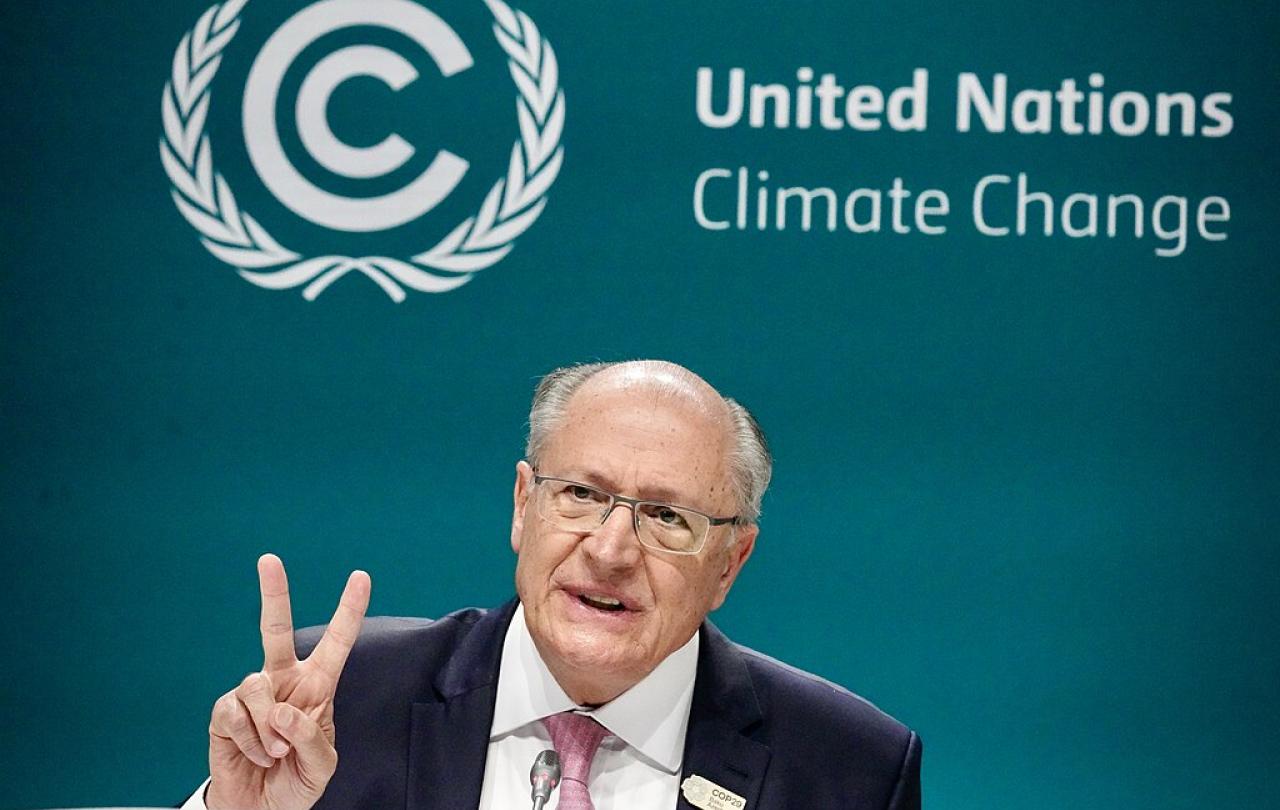
Watching Christians jump and sing “death is defeated” was a strange experience.
As a new believer in Christianity from a Hindu background, I was struck by how Christians approached death. While I had seen reincarnation as a path to heaven, I couldn’t understand why the church either hesitated to talk about death or celebrated it so intensely. Why were Christians sometimes dancing and other times, silent about death?
During my early years in Christ if ever the topic of death arose from the fun times I was having with Christian friends it was almost always met with a dead silence - excuse the pun. On one occasion, the husband of a close friend in our small church community had passed away due to cancer. I was one of the first to make a call to his widowed wife. When my friends heard that I had done this the response was unusual, “well done Rahil!” “That’s so good Rahil.” Strange. I was sensitive over the phone, but it wasn’t that hard. Then I asked the others if they were going to make a call and the response was equally peculiar, “erm, I can’t” or “I just can’t do that... ” Puzzling.
Recently, I came across the GodPod podcast, which shed some light for me on this hesitation. In an interview with Dr Lydia Dugdale about her book The Lost Art of Dying, a surprising statistic caught my attention: “In the 18th century, one-third of church sermons were about death and eternity.” I had to play that line back multiple times. In contrast, today’s sermons often focus on personal purpose, calling, or spiritual gifts. All important, but are we missing a vital balance—one eye on eternity, the other on our present lives?
Why didn’t the British or ‘international’ media film the funerals taking place in Britain? Why hesitate with death at home and yet have a somewhat fascination with it in the East?
This avoidance of death became even more apparent during the Covid pandemic. When the Delta strain hit India in 2021 it caused a massive widespread devastation and death. The funeral pyres were filling the sacred river banks up and down the country. At one point there was no more wood left to burn the bodies. It had run out! Urban crematoriums were overrun and so people left their deceased loved ones to simply float down the nearest river in the hope that the next life would be easier.
I followed the detailed footage of the funeral pyres and bodies choking various holy rivers. It was meticulously covered by the western media. Even PM Boris Johnson at the time cancelled his trip to India because the Covid death crisis was “out of control.” It’s Interesting how the western media flippantly assumed that death could be controlled. And then an eminent academic in India wrote a remarkable article for Project Syndicate. Brahma Chellaney’s opening paragraph was,
“When reporting on any mass tragedy, a basic rule of journalism is to be sensitive to the victims and those who are grieving. Western media, which double as the international media, usually observe this rule at home but discard it when reporting on disasters in non-Western societies.”
The author’s accurate observation demanded my attention. Why didn’t the British or ‘international’ media film the funerals taking place in Britain? Why hesitate with death at home and yet have a somewhat fascination with it in the East? Although Chellaney uses the concept of ‘grieving’ for his argument, there really isn’t such a spiritual concept across Indic faiths as Christianity knows of it. Of course, there is sadness and loss but grieving in the deep spiritual sense, not really. Is that why the Western media found it easier to cover death in the East? Because the secular (although Christian) West knows of the concept of grief so well at home? Or is it because the West do actually want to confront death without hiding and when they see other cultures do it so openly (and a tad bit casually) they are drawn to it? As morbid as it sounds (and I’ll do the British thing and apologise here) there might actually be a healthy interest with the way certain cultures embrace death that the west is seeking to find an expression for.
Brahmar Mukherji chaired the Department of Biostatistics at Michigan University. In an interview with the Carnegie Endowment for International Peace in 2021 she stated that India as a society sees death differently which is why the death toll along with so many other complex and practical issues was so high in that nation during Covid. They embrace it more easily. I am not promoting reckless behaviour around rules. One can’t play with a rattlesnake and then call it faith. My hope is that the reader finds hope when confronting death with a Christian lens. Why have themes of Euthanasia and Assisted Dying become such a big thing in the West and not in the East?
Which brings me to Halloween. It’s a leap, I know, but think about it: if Western societies and churches discussed death and eternity more openly, would Halloween’s macabre appeal hold such sway? Dressing up as a ghoul or a skeleton seems to be a playful, yet safe way to confront our fear of death—something we’re eager to do from behind a mask. That lighthearted, but jarring moment in the Barbie film comes to mind: “Do you guys ever think about dying?” Maybe that’s the real question we should be asking ourselves. Not just on Halloween, but frequently. How do we truly confront death—with fear, with fascination, or with the hope of something beyond?





